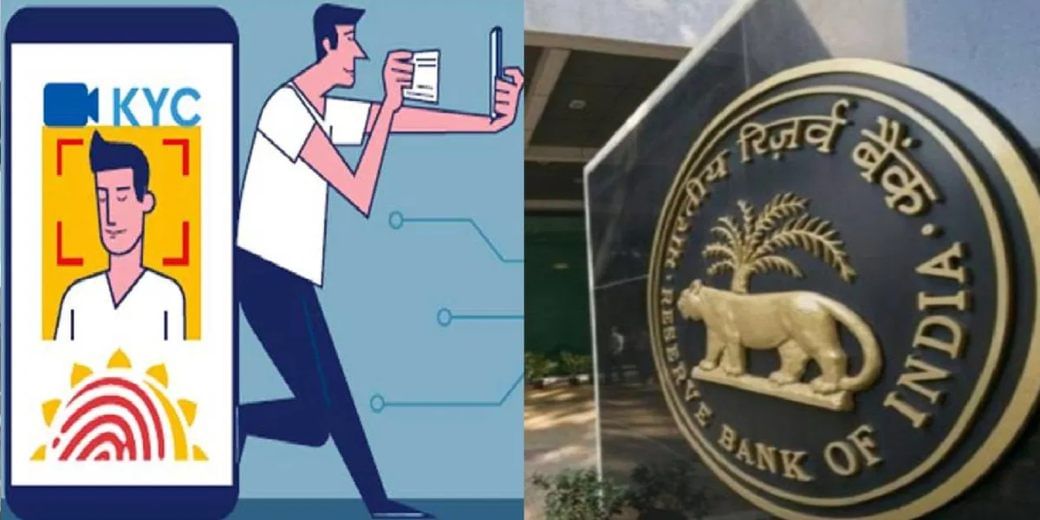C-KYC gets thumbs down from banks
If you have opened your bank account via c-KYC and digilocker, chances are you’ll also be flagged as insecure. What does this mean for you?

The Reserve Bank of India (RBI) has marked customers onboarded and verified via c-KYC as high risk. So, if you have opened your bank account via c-KYC and digilocker, chances are you’ll also be flagged as insecure. What does this mean for you?
What is c-KYC
A public database managed by CERSAI (Central Registry of Securitisation Asset Reconstruction and Security Interest of India), c-KYC helped both customers and businesses to skip physical, paper-based verification processes. While the government has a 51% stake in CERSAI, the National Housing Bank and other banks hold the rest. It manages over 700 million records, which are free to search.
Prior to this notice, all that banks, NBFCs and other entities had to do was run the applicant’s basic details via the registry, and KYC would be complete. And at Rs 1.10/per KYC, it was a cost-effective alternative for companies, as opposed to their more expensive counterparts (video and in-person verification).
What has RBI said
By demarcating customers acquired via c-KYC as high-risk, RBI has, in essence, warranted this:
1. KYC procedures be done in person or via video call
2. Customers who’ve joined via c-KYC need to get their KYCs redone every six months.
So, even if you’ve been verified via c-KYC, you’ll have to additionally submit to face-to-face or video verification.
Why was this done?
Many companies have raised concerns over the quality of data made available via the Central Registry of Securitisation Asset Reconstruction and Security Interest of India (CERSAI). Unreadable data and blurry images hinder the verification process, paving way for fraudulent activities. Plus, c-KYC only asks for an individual’s PAN and mobile number. Both of these details are easily available on a simple Google search.
What Next?
Banks will increasingly opt for video or in person verification in the days to come. However, it may cost them Rs 15-30 per verification, adding to their costs but it may make sure that the customer has the right credentials.